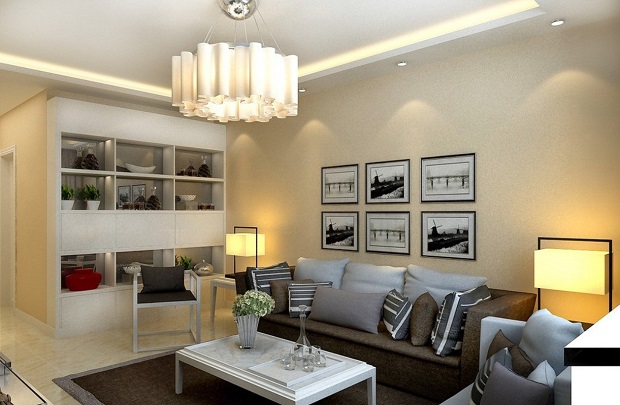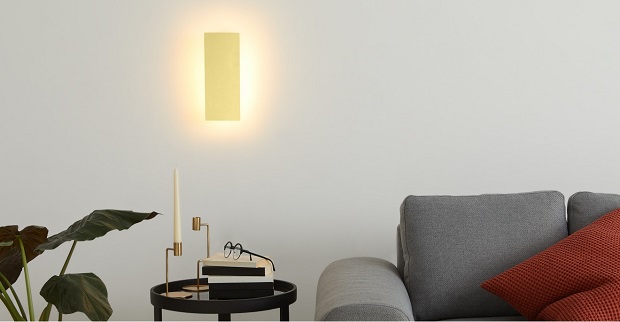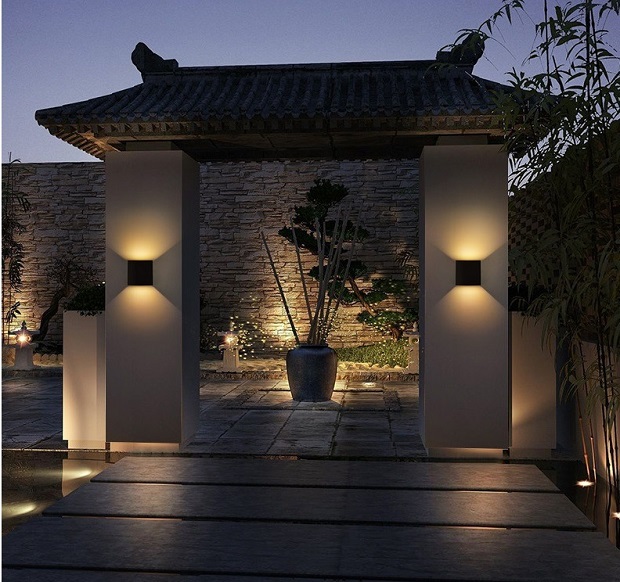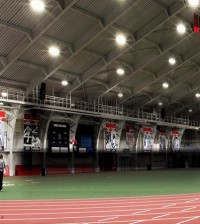Entering the World of LED Lights – Exploring the Different Types + FAQ
In nature, we delight in the first rays of the sun, we enjoy the spectacle of sunset, twinkling of stars at night. But artificial light is even more prevalent. Just think about for a second, every time you turn on your cell phone or laptop you are bathed in light. Homes, offices, malls, shops – all glow with LEDs. Digital advertising screens and boards compete for your attention, car lights illuminating your way in the darkness. Artificial LED light is all around us.
Furthermore, many countries, including Australia, have banned the usage of incandescent bulbs in order to save energy. Switching to LED lights will help the country save millions of dollars annually as they have low energy consumption. If you were wondering how much energy do LED lights use, you may be surprised by the answer. Believe it or not, a LED light bulb uses only 2-17 watts of electricity which is 1/3rd of the energy that an incandescent bulb uses.

Contents
What Is LED Light and How Do LED Lights Work?
LED stands for Light-Emitting Diode. LED lights are very efficient in producing light which is approximately 90% more efficient than the light produced by incandescent light bulbs which makes them one of the most popular lights on the market. From the large advertising display boards to your cell phone, the wide range of applications of these amazing light bulbs can be seen almost everywhere around us. How do they work? Simply said, an electrical current passes through a microchip which illuminates the LED and the result is a bright light. They don’t overheat as traditional bulbs do as the heat they produce is absorbed into a heat sink, which means they are not just effective, but safer as well.
How Long Do LED Lights Last?
This type of light is notable for having an extremely long lifespan. LEDs have been rated with a lifespan up to 50,000 hours which is 50 longer than traditional incandescent lights, 20 to 25 time longer than halogen lights, and 8 to 10 times longer than typical CFL. If you’re using your LED lights 12 hours a day, they will last more than 11 years and when used 8 hours per day, they will last about 17 years. Besides having an extremely long lifespan, they also do not burn up or stop working just like incandescent bulbs. Insted, their light will just degrade slowly and their maximum brightness will get lower over time. When this happens, it means it is time to buy new wall LED lights.

How Many Types of LED Lights?
There are plenty of LED light designs on the market, but they are divided into three main categories: task lights (provide localized lighting in special task areas), accent lights (put accent on some object in the room or piece of art) and ambient room (mostly used to brighten and enhance the glow in the room). From all options available, buying wall led lights will provide your space with sufficient lighting while also boosting the ambience in the room. Depending on where you place them, they can work not just as ambient lights but also as task and accent lights. Interior designers adore wall lights because they add both beauty and utility to the space they are installed in.
Where to Use Wall Lighting?
LED wall sconces can be used in any room of your home. You can install them not just indoors but outdoors as well to enhance the lighting on your patio. Wall lights provide a great effect when working independently, but their effect is greater when combined with ceiling lights. Bathrooms are the ideal spaces for wall fixtures as they help eliminate the shadows that are created by overhead lights. When used at the office, a LED wall light can be a great alternative to traditional desk lamps without taking any of your desk space. In rooms where ceiling fixtures are doing most of the lighting work, wall lights LED are still a great addition to brighten corners and boost the ambience.
How Many Lights Are Enough?
It is not the number of lighting fixtures that is the most important, but their placement. The key thing is to hang them at approximately eye level. The size of the fixtures and the height of the ceilings should also come into play. Also, consider how far the LED wall sconce protrudes from the wall. For example, stairwells, narrower halls and rooms with heavy traffic near the walls will most benefit from wall lights that keep a low profile.

The Different Types of Wall Lights
Choosing the right lighting fixtures for your walls should not be complicated at all since there are just a few basic types of wall lights. Uplights are one of them and they provide a wash of light up a wall. They are mostly used for creating an ambience in the room or as accent lights. Downlights may also work as an accent lighting, but they are used more for a practical purpose, like illuminating the ground. Swing and reading lights are adjustable so you can bring them closer to you if you need to, while vanity and bath lights are perfect for glare-free illumination. Some LED sconces are both downlights and uplights which means they offer the best of both features. Installing a few scones can be enough to create a room with overall ambient light, but installing more of them around the room will add more drama.
Wall lights have another advantage, they easily blend into any decor and style. But if you want to coordinate the lights with the rest of your room, think about the purpose of the light. For example, if you need it mostly for reading books before going to bed, you should install it close to your bed, reading chair or sofa. Consider what is your focus, the utility or the decoration? You can greatly narrow down your choices if you know whether you want your wall light to become a focal point or to just to blend with the rest of the decor in the room. Also, don’t be afraid to mix and match styles, materials and colours. There is no rule saying that the wall lighting fixtures should match the chandelier.










